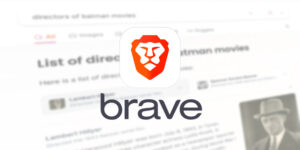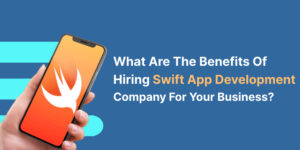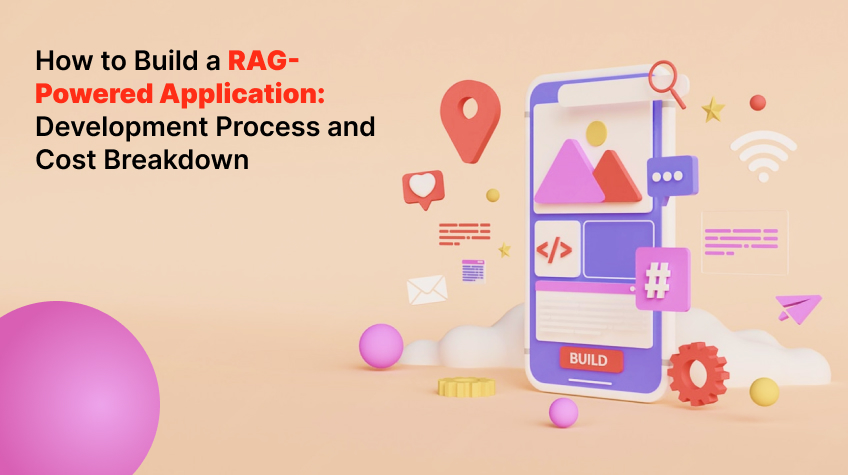
RAG application development is in the mainstream, all thanks to real-time data insights and knowledge integration. These applications not only help businesses deliver smart solutions to users but also enhance decision-making, improve operational efficiency and drive continuous innovation. RAG, also known as Retrieval-Augmented Generation, combines the knowledge of large language models (LLMs) with domain-specific data for delivering more accurate, context-specific responses. If you’re planning to offer a unique solution to users, then you should surely build a RAG-powered application. In this post, we have included all the details you need to know about RAG application development, including the development process, technical requirements, and cost breakdown. So, without any further ado, let’s get started…
What is RAG?

RAG or Retrieval-Augmented Generation is an AI framework. It makes AI responses smarter and more accurate by retrieving or pulling in the right information from trusted sources before giving the final answer. Instead of relying only on pre-trained data, this model searches a vector database or document store in order to provide factual, real-time and context-rich answers.
Here is how it works:
STAGE 1:
Query Processing: The process begins with the user’s question. The User inputs a query, which is then processed by the system.
STAGE 2:
Retrieval: The system then starts retrieving trusted external knowledge sources, such as databases, PDFs, APIs, etc., for the answer.
STAGE 3:
Augmentation: In this stage, retrieved documents are passed to the LLM (large language models).
STAGE 4:
Generation: The LLM then creates a final answer, which is accurate, factual and context-rich.
Understanding RAG-Powered Application Development Process
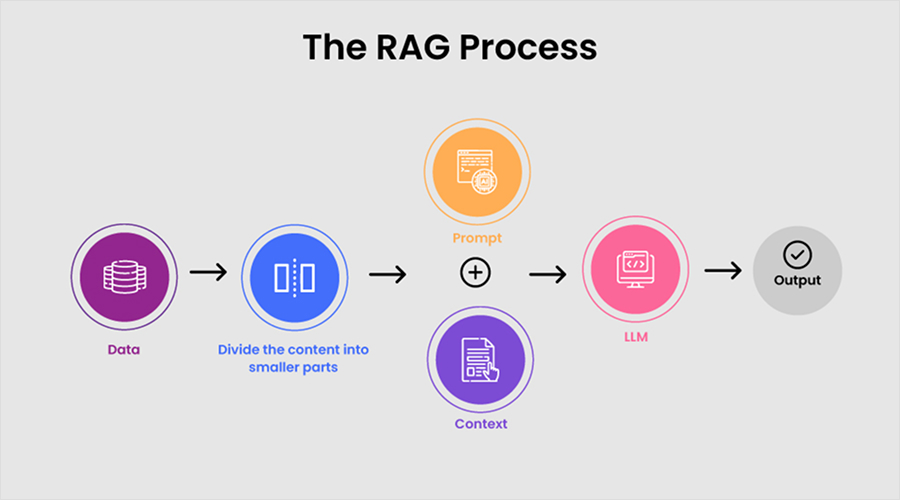
RAG-Powered Application Development Process is a method of building intelligent applications using Retrieval-Augmented Generation (RAG) technology. In this process, an application leverages RAG models in order to combine real-time data retrieval with AI-powered content generation. This enables systems to deliver more accurate, factual and context-rich responses. TAG-powered application development process involves data integration, knowledge base creation, AI model training and application deployment.
All these together ensure the creation of an effective and highly efficient application that can handle dynamic queries and provide relevant and actionable results. Incorporating RAG allows developers to create more intelligent, adaptive and effective applications that are capable of understanding complex user needs. These applications are highly in demand. Enterprise applications, chatbots, search engines and personalized recommendation systems are some of the most popular examples of RAG-powered application development.
Let’s now know how these applications can benefit organizations and businesses. Here we go…
Top 5 Benefits of RAG Applications
RAG-powered applications offer numerous advantages, some of which are as follows:
- Improved Accuracy: RAG applications are designed to improve accuracy. These apps significantly reduce hallucinations in LLMs.
- Easily Customizable: RAG-powered apps can be customized with your company’s proprietary data, making it easier to provide domain-specific answers.
- Scalability: It can be scaled to handle large document sets and evolving knowledge bases.
- Cost-Efficiency: RAG applications are cost-effective solutions. They significantly reduce the need for extensive model fine-tuning.
- Compliance & Security: These applications are secure as the sensitive data is stored within private infrastructure.
Let’s now understand what it takes to build a RAG-powered application. Here we go…
Step-By-Step Guide to RAG-Powered Application Development
Here are the steps involved in the RAG-powered application development process. Take a look…
STEP 1: Define Use Case & Requirements
The process of RAG-powered apps begins with defining use cases and requirements. You will first need to know where RAG fits in your business. For instance, whether you need to use RAG for creating Chatbots for customer support, or for internal knowledge assistants or for document search (legal, medical or financial) or for e-commerce product discovery.
Having a clear understanding of the use case can help you build the right architecture. Also, it will help you determine the cost involved in the process.
STEP 2: Data Collection & Preprocessing
The next step is to collect data and preprocess it. Here, you will gather both structured and unstructured data, such as docs, FAQs, APIs, and PDFs. This data will then be processed into manageable sections. Preprocessing helps remove redundancies and ensures high-quality input for embeddings.
STEP 3: Vectorization & Storage
Using models like OpenAI, Hugging Face, or Cohere, text will be converted into embeddings. These embeddings will then be stored in a vector database such as Pinecone, Weaviate, Milvus, or FAISS.
STEP 4: Implementing Retrieval Methods
Once the data is sorted, pre-processed and stored, it’s time to implement retrieval methods. The most popular retrieval methods include Dense retrieval (semantic search) for meaning-based queries and Hybrid retrieval (combining semantic + keyword search).
STEP 5: LLM Integration
The next step is to integrate LLM (large language models). It is one of the important steps in the RAG-powered application development. It is crucial to choose the right model for your app. Some of the popular models include OpenAI GPT-4/5, Anthropic Claude, LLaMA and Falcon. Aside from choosing the right model, fine-tuning prompts and controlling context length is also crucial to ensure accurate outputs.
Pro Tip: Consider adding prompt engineering rules to ensure highly accurate and context-rich outputs.
STEP 6: Application Layer Development
Develop the front-end (web or mobile interface), integrate APIs for seamless query processing, and implement role-based access control (RBAC) to maintain security and data privacy in sensitive applications.
STEP 7: Evaluation & Testing
After the application layer development, it’s time to evaluate accuracy and test your application for speed, accuracy and performance. Conduct load testing for response times and perform user acceptance testing (UAT) with real-world queries.
STEP 8: Deployment & Monitoring
You can deploy your application on cloud platforms like Amazon Web Services(AWS), Azure, or GCP for scalability and flexibility, or choose on-premise deployment if you’re handling highly sensitive data.
Monitoring your app’s performance is again crucial. Hence, set up logging and monitoring for query analytics.
RAG App Development Cost
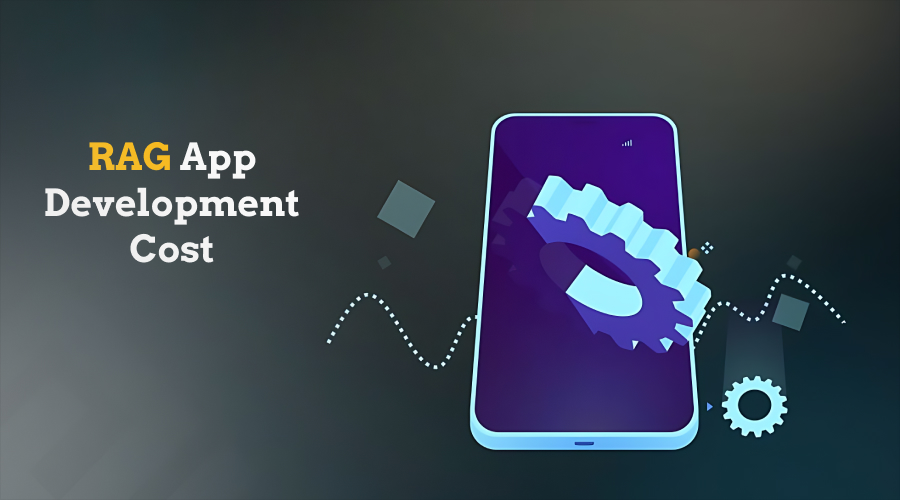
The cost of RAG-powered application development depends on data and size complexity, scale, model choice, customization level, integration requirements and technology stack. A small-scale prototype (basic chatbot) may cost you somewhere around $2,000 – $4,000, whereas a mid-scale business application can range between $8,000 and $10,000 and an enterprise grade solution can cost you somewhere around $20,000 – $30,000 or more.. This cost includes infrastructure costs (which varies greatly based on the hosting platform you choose), Vector database cost (which is determined based on data size), LLM API usage (depends on query volume), team and resource cost, scaling and maintenance cost. It is crucial to get your RAG application developed by highly proficient developers.
The Bottom Line
So, this is all about building RAG-powered applications. Hopefully, this article has been informative for you and helped you understand the technicalities in the process of RAG application development. RAG apps have become very popular in 2025 and are sure to see a surge in the future. RAG apps have become a necessity for businesses planning to offer customers accurate and context-driven AI solutions. Partnering with the right Mobile App Development Company is crucial for the successful RAG app development. Not only will they help you develop a RAG-powered app, but they will also help you make well-informed data-driven decisions and improve operational efficiency and customer experience.
How Can WeeTech Help?
WeeTech Solutions Pvt. Ltd. is a renowned Mobile App Development Company, providing excellent RAG-powered solutions to companies of all sizes in India and abroad. We have a team of highly experienced and skilled RAG app developers, project managers, AI/ML engineers, data engineers, back-end and front-end developers and security engineers. We follow a structured development process to create customizable and scalable RAG applications. If you are looking for a unique RAG solution, contact WeeTech NOW!


